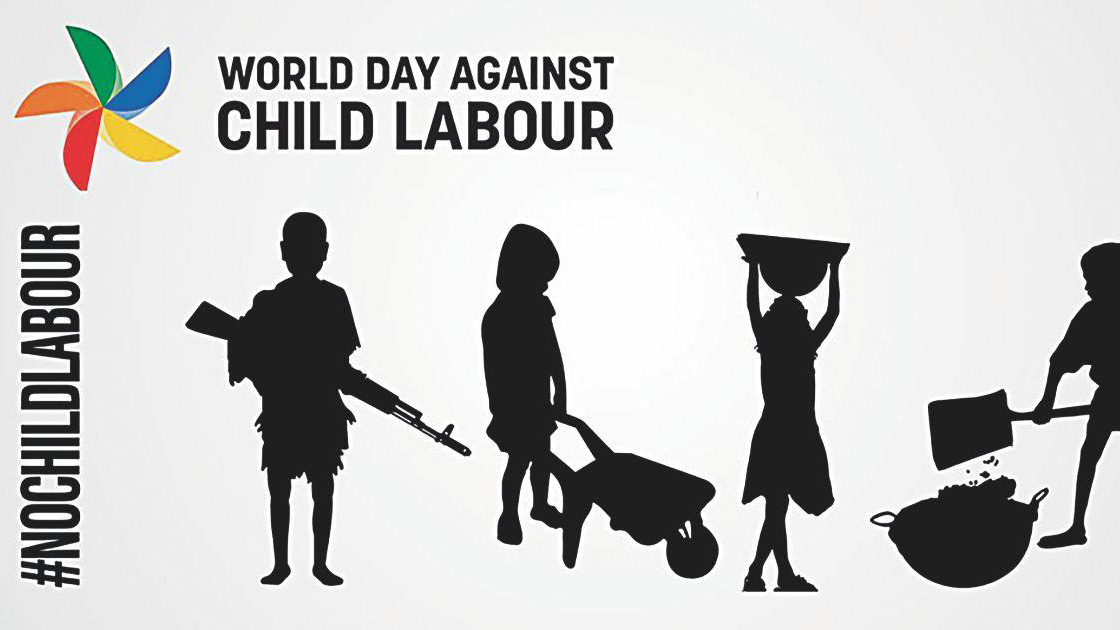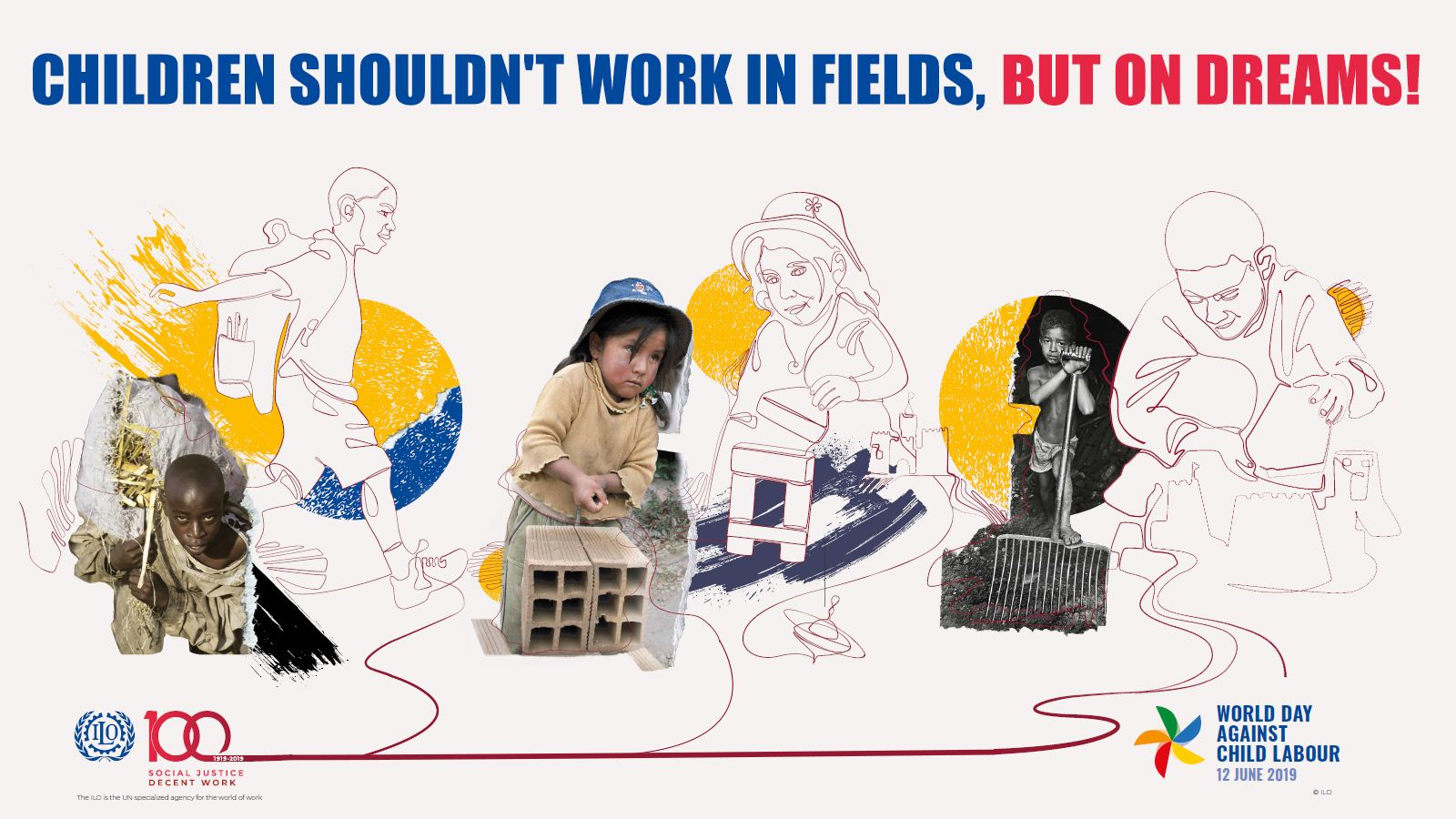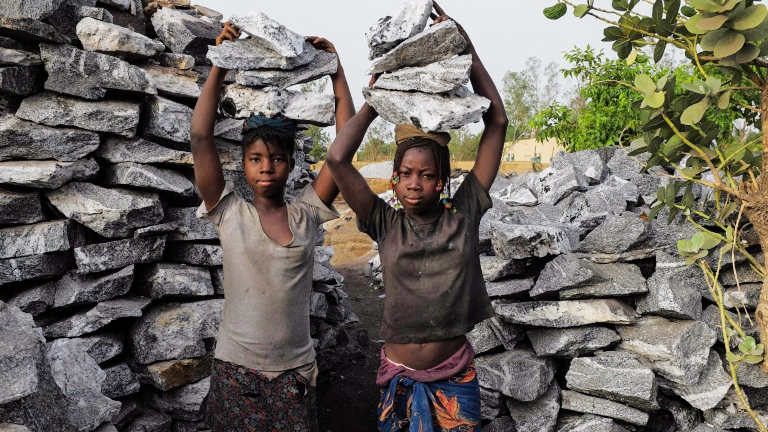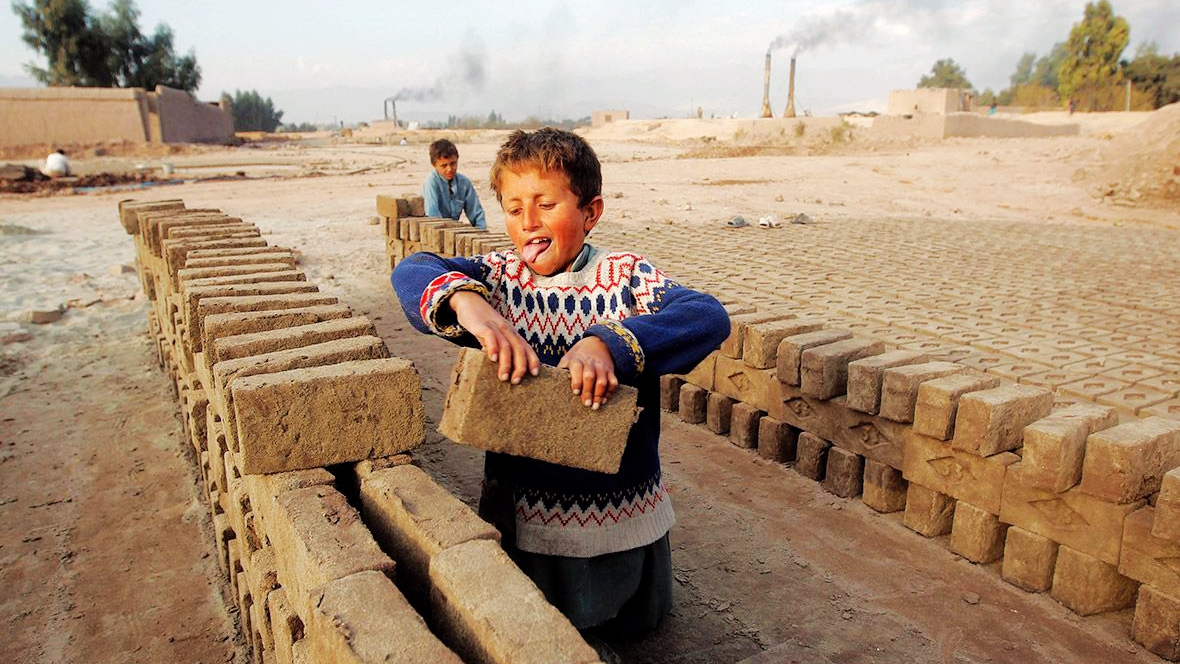

The United Nations has reiterated its call for an end to child labour in all its forms by 2025 ahead of the World Day Against Child Labour on June 12 even as latest available data showed a rather bleak picture of the global menace.
"Today, throughout the world, around 218 million children work, many full-time. They do not go to school and have little or no time to play. Many do not receive proper nutrition or care. They are denied the chance to be children," the UN said statement ahead of the World Day.
"More than half of them are exposed to the worst forms of child labour such as work in hazardous environments, slavery, or other forms of forced labour, illicit activities including drug trafficking and prostitution, as well as involvement in armed conflict," it added.
"On this World Day, we also look forward towards UN Sustainable Development Goal Target 8.7 set by the international community calling for an end to child labour in all its forms by 2025. In support of Alliance 8.7, we call for immediate action to address the remaining challenges so that the world community can get firmly on track towards eliminating child labour," the UN statement asserted.
Since 2002, the International Labour Organization (ILO) has been observing the World Day Against Child Labour to draw attention to the global extent of child labour and the action and efforts needed to eliminate it.
The day brings together governments, employers and workers organizations, civil society, as well as millions of people from around the world to highlight the plight of child labourers and what can be done to help them.

Courtesy: ILO
The theme for the day this year is "Children shouldn't work in fields, but on dreams" indicative of the fact that agriculture and associate activities remain a major sector exploiting underage employment.
An ILO study revealed that about 71 percent child labour is concentrated primarily in agriculture, which includes fishing, forestry, livestock herding and aquaculture, and comprises both subsistence and commercial farming. The services account for 17 percent of global child labour while an additional 12 percent existed in the industrial sector, including mining.
Africa, Asia-Pacific accounts for 90 percent child labour victims

Huge numbers of young people work in sectors as diverse as cotton picking, mining and street selling in Burkina Faso. /AFP Photo
The report also found that African and Asia-Pacific countries are home to nearly 90 percent of all child labour victims worldwide. While a total of 218 million children between the age of five and 17 years are engaged in one or the other form of employment, the ILO study considers only 152 million as victims of child labour.
In absolute terms, almost half of child labour (72.1 million) is to be found in Africa and another 40 percent (62.1 million) in the Asia-Pacific. About 10.7 million child labour are in the Americas, 1.2 million in the Arab States and 5.5 million in Europe and Central Asia, the ILO report stated.
"In terms of prevalence, one in five children in Africa (19.6 percent) are in child labour, whilst prevalence in other regions is between three and seven percent: 2.9 percent in the Arab States (one in 35 children); 4.1 percent in Europe and Central Asia (one in 25); 5.3 percent in the Americas (one in 19) and 7.4 percent in Asia-Pacific region (one in 14)," it elaborated.
Nearly half of the victims of child labour, 73 million, work in hazardous occupations. Of the 152 million child labour, 88 million are boys while 64 million are girls. As per the ILO study, 58 percent of all children in child labour and 62 percent of all children in hazardous work are boys.

Hazrat, aged seven, works at a brick-making factory in Jalalabad, Afghanistan. /Reuters Photo
While the study found that boys appear to face a greater risk of child labour than girls, it stated that this may also be a reflection of an under-reporting of girls' work, particularly in domestic child labour.
This year the ILO, which was founded in 1919, is also celebrating 100 years of advancing social justice and promoting decent work. The World Day Against Child Labour is expected to throw light on progress achieved over the past century of ILO support to countries on tackling child labour.
This year also marks the 20 years since the adoption of the ILO's Worst Forms of Child Labour Convention (1999). This convention is close to universal ratification with only a handful of countries still out of its ambit. The UN has called for full ratification and implementation of the convention
In addition, the UN also sought prompt approval of the ILO's Minimum Age Convention as well as a protocol to the Forced Labour Convention, which protects both adults and children.

Copyright © 2018 CGTN. Beijing ICP prepared NO.16065310-3
Copyright © 2018 CGTN. Beijing ICP prepared NO.16065310-3